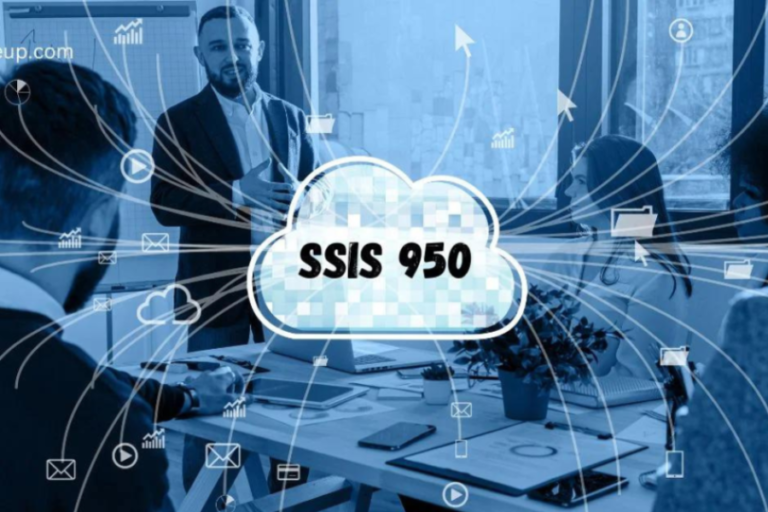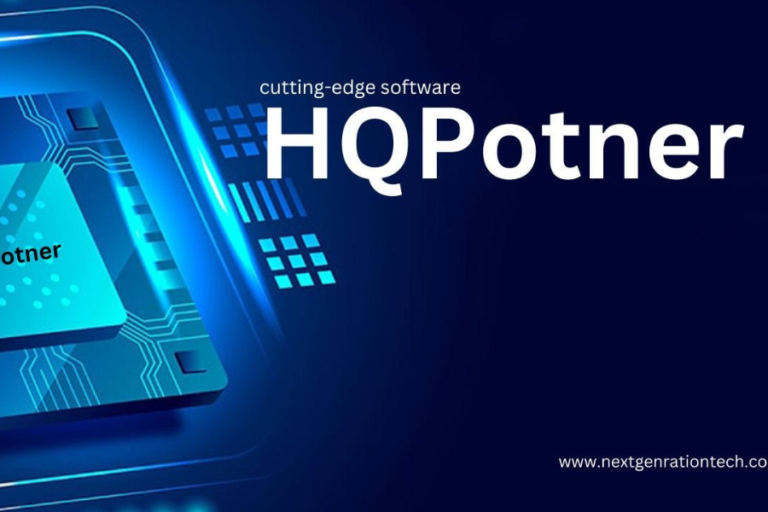Unlocking the Power of PRNDOT: What You Must Know
In today’s fast-paced tech world, staying ahead of the curve is more important than ever. Enter PRNDOT—a revolutionary innovation that promises to change the game for various industries. It’s more than just a buzzword; it represents a shift in how we approach connectivity and efficiency. Whether you’re an entrepreneur, business leader, or tech enthusiast, understanding can open up new opportunities and drive success.
As we dive deeper into the workings of , we’ll uncover what sets it apart, how it functions, and the wide range of industries that are already benefiting from its implementation. Get ready to explore the world of PRNDOT and the limitless possibilities it offers!
What Is PRNDOT and How Does It Work?
PRNDOT, short for Precision Real-time Networked Data Optimization Technology, is a groundbreaking tool designed to revolutionize how we manage data. It enables seamless integration of vast datasets across different platforms, making it possible for businesses to make faster, smarter decisions.
At the heart of are advanced algorithms and machine learning, which allow it to analyze data in real-time. This gives companies the power to act on insights as soon as they’re available, improving everything from operational efficiency to customer satisfaction.
PRNDOT works by connecting disparate data sources and ensuring that the information remains accurate and up-to-date as it moves through the system. As new data enters, continuously learns and adapts, allowing for better forecasting and more strategic planning.
Key Applications of PRNDOT Across Industries
PRNDOT is making waves across multiple sectors, thanks to its flexibility and efficiency.
- Healthcare: PRNDOT is enhancing patient care by enabling real-time monitoring and faster data analysis. This leads to quicker diagnoses and improved treatment plans.
- Manufacturing: PRNDOT allows for predictive maintenance in smart factories, analyzing machine performance to minimize downtime and boost productivity.
- Retail: Retailers use to optimize inventory management. With real-time tracking, stores can maintain ideal stock levels, improving both sales and customer satisfaction.
- Transportation: The transportation sector is using for logistics management, ensuring timely deliveries and reducing operational costs.
- Agriculture: Farmers are leveraging to analyze soil conditions and crop health, leading to better yields and more efficient resource use.
These examples show how PRNDOT is transforming industries by providing tailored, real-time solutions that improve efficiency and performance.
Why Implement PRNDOT? The Benefits for Your Industry
Implementing can bring significant benefits to various industries, helping them streamline operations and enhance communication.
- Healthcare: Real-time updates ensure medical professionals have access to the most current patient information, improving care quality.
- Manufacturing: automated equipment monitoring, reducing downtime and increasing output, saving time and money.
- Retail: PRNDOT helps retailers manage their inventory more effectively, reducing waste and increasing profitability.
- Education: PRNDOT also transforms education by creating more personalized and interactive learning experiences that cater to each student’s needs.
By adopting PRNDOT, companies can stay competitive in their markets and improve customer satisfaction across different industries.
The Future of PRNDOT: What’s Next?
The future looks bright for . As technology evolves, PRNDOT’s capabilities will expand. Enhanced algorithms, machine learning, and the integration of IoT devices will lead to even more efficient data processing and real-time optimization.
More industries are starting to see PRNDOT’s potential for automation and data-driven decision-making. As adoption grows, we’ll see even more innovative applications of .
Investment in PRNDOT is rising, reflecting the market’s confidence in its potential. With growing interest from sectors such as healthcare, finance, and transportation, is set to become a key player in the future of business technology.
Challenges of PRNDOT: What You Should Consider
As with any new technology, PRNDOT comes with its share of challenges.
- Lack of Standardization: One of the biggest hurdles faces is the absence of standardization across platforms, making integration more complicated.
- Data Security: With PRNDOT’s ability to connect and analyze large amounts of data, robust cybersecurity measures are essential to prevent breaches.
- Infrastructure Gaps: Not all industries have the infrastructure in place to support , which could limit its adoption in certain areas.
- Cost: Implementing requires significant investment in both technology and training, which could be a barrier for smaller companies.
- Learning Curve: Adopting may require organizations to rethink their processes, which can be challenging in well-established environments.
Understanding these challenges and planning accordingly can help businesses make the most of what has to offer.
Conclusion:
PRNDOT is poised to become a transformative force across multiple industries. Its ability to process vast amounts of data and provide real-time insights can revolutionize decision-making processes, operational efficiency, and customer experiences.
By embracing , businesses open themselves up to new levels of innovation and productivity. However, to fully leverage its potential, organizations must approach it with a clear strategy that takes into account both its benefits and challenges.
The future of is just beginning, and those who adopt it early will lead the charge towards a smarter, more efficient world. By staying ahead with , companies can ensure their place in an increasingly competitive and technology-driven market.
Facts
- PRNDOT stands for Precision Real-time Networked Data Optimization Technology.
- It utilizes advanced algorithms and machine learning to process large datasets in realtime.
- integrates disparate data sources to provide consistent, accurate information.
- It is widely applied across industries like healthcare, manufacturing, retail, transportation, and agriculture.
- By using , companies can improve decision-making, boost efficiency, and reduce costs.
- Predictive maintenance, real-time monitoring, and inventory optimization are key applications of technology.
- PRNDOT helps in creating more interactive and personalized experiences in sectors like education and customer service.
- Its development is expected to expand with future integration into IoT devices and automated systems.
- The lack of standardization and infrastructure challenges are some barriers to its widespread adoption.
- PRNDOT is expected to see significant growth and investment in the coming years, especially in sectors like healthcare, finance, and logistics.
FAQs
1. What is PRNDOT?
PRNDOT, or Precision Real-time Networked Data Optimization Technology, is a cutting-edge tool that optimizes the flow and analysis of large datasets in real time. It helps businesses make quick, informed decisions by integrating data from various sources.
2. How does PRNDOT work?
PRNDOT uses advanced algorithms and machine learning to continuously analyze incoming data. It connects disparate systems, ensuring that data remains accurate, consistent, and accessible for real-time decision-making.
3. What industries benefit from PRNDOT?
PRNDOT is used across multiple industries, including healthcare (for real-time patient monitoring), manufacturing (for predictive maintenance), retail (for inventory management), transportation (for logistics coordination), and agriculture (for yield optimization).
4. What are the advantages of using PRNDOT?
PRNDOT improves efficiency by streamlining data processes, enhancing decision-making, and reducing operational costs. It also helps businesses stay competitive by providing real-time insights that allow for faster responses to market changes.
5. What are the challenges of implementing PRNDOT?
Some challenges include data privacy concerns, high implementation costs, the lack of standardized platforms, and the infrastructure required to fully support .
6. How does PRNDOT impact data security?
While PRNDOT improves data integration, it also increases the need for stringent cybersecurity measures to protect sensitive information from breaches or misuse, given the large volume of connected data sources.
7. Can small businesses use PRNDOT?
While offers significant advantages, the costs of implementation and the need for proper infrastructure can be a barrier for smaller companies. However, as the technology evolves, more accessible solutions for small businesses may emerge.
8. What is the future of PRNDOT?
The future of PRNDOT looks promising, with continuous development in machine learning, real-time processing, and IoT integration. More industries will likely adopt it as it becomes more accessible and efficient.
9. How does PRNDOT enhance customer experience in retail?
In retail, helps optimize inventory management, ensuring that products are available when and where customers need them, leading to enhanced customer satisfaction and better overall service.
10. How can PRNDOT be applied in healthcare?
In healthcare, enables real-time monitoring of patients, allowing for quicker diagnoses, better treatment plans, and improved patient outcomes by ensuring doctors have up-to-date information.
Keep an eye for more news & updates on Vents Flow!






